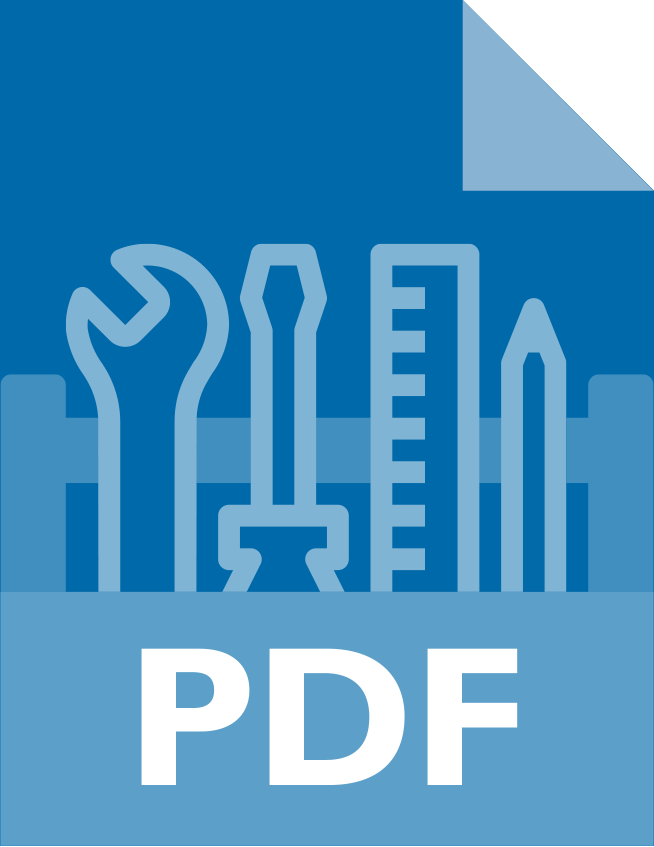CDSS Community Culture & Safety Toolkit
This toolkit provides advice and resources to help organizers (you!) develop the policies, procedures, and supporting documents needed to understand and facilitate safety in your community. This toolkit is not prescriptive in regard to what your community “should be doing.” We recognize and value the range of living traditions practiced by many different communities.
This toolkit was produced by the CDSS Community Culture & Safety Task Group, 2018-2024. The CCSTG was formed to support local communities in their efforts to provide a safe environment for music, song, and dance events.
Part 0
Introduction
Building a safe and welcoming event space includes providing for everyone’s physical, mental, and emotional well-being. This can include addressing a range of problems, from feelings of discomfort to perceived discrimination to actual bodily harm. Organizers can develop procedures to handle problems along this spectrum.
Communities should consider having the following set of documents to facilitate safety in its many nuances. We hope these tools will help you develop your own set of safety documents. This toolkit is intended for you to pull out and adapt the language and policies that work for your community.
Part 1
Statement of Community Values
This is where you describe the environment you strive to create.
Your values are the justification for policies and actions that uphold them. This is in addition to mission and vision statements, as part of your organizing documents.
 Part 1A: Creating a statement of community values
Part 1A: Creating a statement of community values  Part 1B: Possible governance models and processes
Part 1B: Possible governance models and processes  Part 1C: Examples of community values statements
Part 1C: Examples of community values statements
Part 2
Code of Conduct
This document codifies behavioral expectations, specifies what behavior will not be tolerated, and outlines what the consequences will be for infractions.
This is a policy document (not by-laws), based on community values.
- This part of the toolkit provides a brief overview, with links to a comprehensive guide from an outside consulting firm, and links to examples from a few dance communities.
- Check the CDSS Resource Portal for more resources on community safety and etiquette.
Part 3
Courtesy and Etiquette Guidelines (a.k.a. Shaping Culture)
 Part 3: Courtesy and Etiquette Guidelines (a.k.a. Shaping Culture)
Part 3: Courtesy and Etiquette Guidelines (a.k.a. Shaping Culture)
Tips and guidance (preferably in “do” rather than “don’t” language) that help prevent offenses from occurring.
Check the Resource Portal for more ideas.
Part 4
Complaint Procedures
These outline the ways and means of handling complaints and infractions:
Whom to complain to; who follows up; how complaints are handled; timeliness of response; confidentiality; due process; documentation; legal concerns; levels of severity; pathways for improvement and pathways for ultimate removal.
Part 5
Safety in the Physical Space: The Venue
 Part 5: Safety in the Physical Space: The Venue
Part 5: Safety in the Physical Space: The Venue
This serves as a checklist of things to consider and manage, such as trip hazards, first aid, emergency medical procedures, ADA accessibility, decibel levels, etc.
Part 6
Resources for Considering the Use of Non-Gendered Terminology
 Part 6: Resources for Considering the Use of Non-Gendered Terminology
Part 6: Resources for Considering the Use of Non-Gendered Terminology
This section discusses many considerations related to non-gendered dance terminology, and offers examples and variations.
Part 7
Managing Chemical Sensitivities
This guide contains four parts:
 Part 7A: Making dance and music spaces accessible to participants with chemical sensitivities
Part 7A: Making dance and music spaces accessible to participants with chemical sensitivities  Part 7B: Scents and Access in Dance Spaces: An Introduction
Part 7B: Scents and Access in Dance Spaces: An Introduction  Part 7C: Resources for Implementing a Fragrance-Free Policy
Part 7C: Resources for Implementing a Fragrance-Free Policy  Part 7D: Fragrance-Free Products
Part 7D: Fragrance-Free Products
Part 8
Community Meeting Tips
 Part 8: How to organize and/or facilitate a community meeting that will leave everyone smiling
Part 8: How to organize and/or facilitate a community meeting that will leave everyone smiling
This document provides tips for facilitating a community meeting to gather input, discuss ideas, and/or make final decisions related to controversial topics. It also includes guidance for how to find a qualified outside facilitator, if that is your preference, so that group leaders can be equal participants in the conversation.
Working Definitions
As we worked, we realized that we needed some working definitions for the concepts we were grappling with.
Safety |
Freedom from physical, mental, emotional, or sexual harm, or fear of such harm, in one’s immediate environment. |
Respect |
Due regard for the feelings, wishes, rights, needs, boundaries, or traditions of others. |
Inclusion |
Welcoming all individuals regardless of any personal characteristics, such as race, ethnicity, religion, gender or gender identity, sexual orientation, age, physical abilities, body shape, financial means, education, or political views. |
Courtesy |
Behavior and manners that demonstrate consideration and respect for others, such as saying “please,” “excuse me,” asking for consent, etc. Courtesy includes sensitivity to and accommodation of individual and cultural differences. It is a (hoped for) constant in general society, as in the Platinum Rule. |
Etiquette |
The set of rules and behavioral expectations specific to a particular group. These are expectations that go beyond simple courtesy, e.g., joining a line of dancers at the bottom of the set, or norms for finding a partner. |
Safety is the ultimate goal. Respect and Inclusion are the underlying “what” that help people feel emotionally safe. Courtesy and Etiquette are the “how”—how to convey respect and inclusion.


 Download the Entire Toolkit
Download the Entire Toolkit Thanks to the Massachusetts Cultural Council for their generous support.
Thanks to the Massachusetts Cultural Council for their generous support.